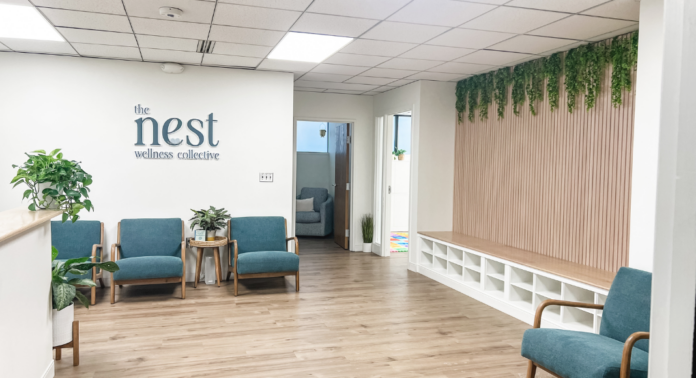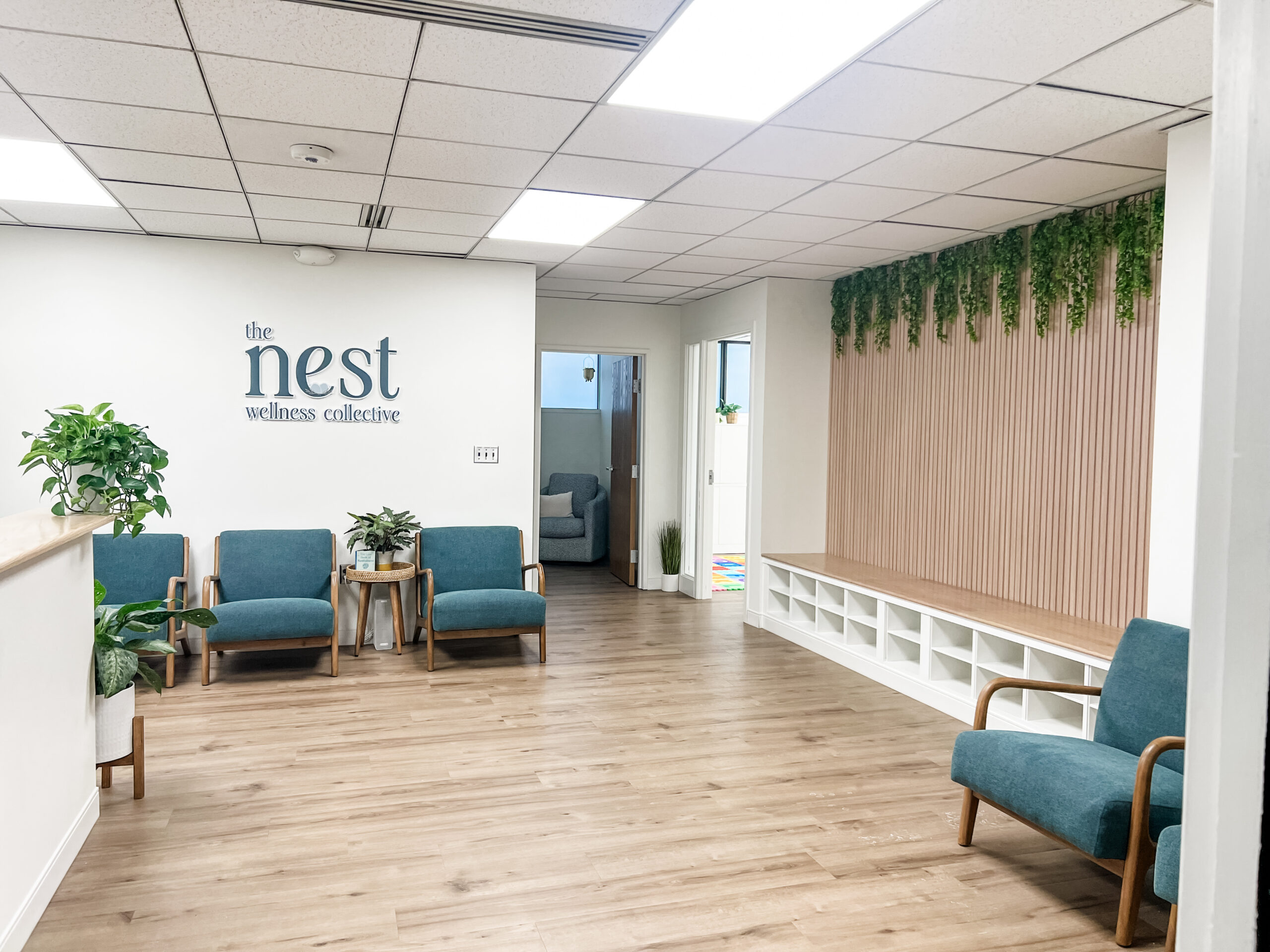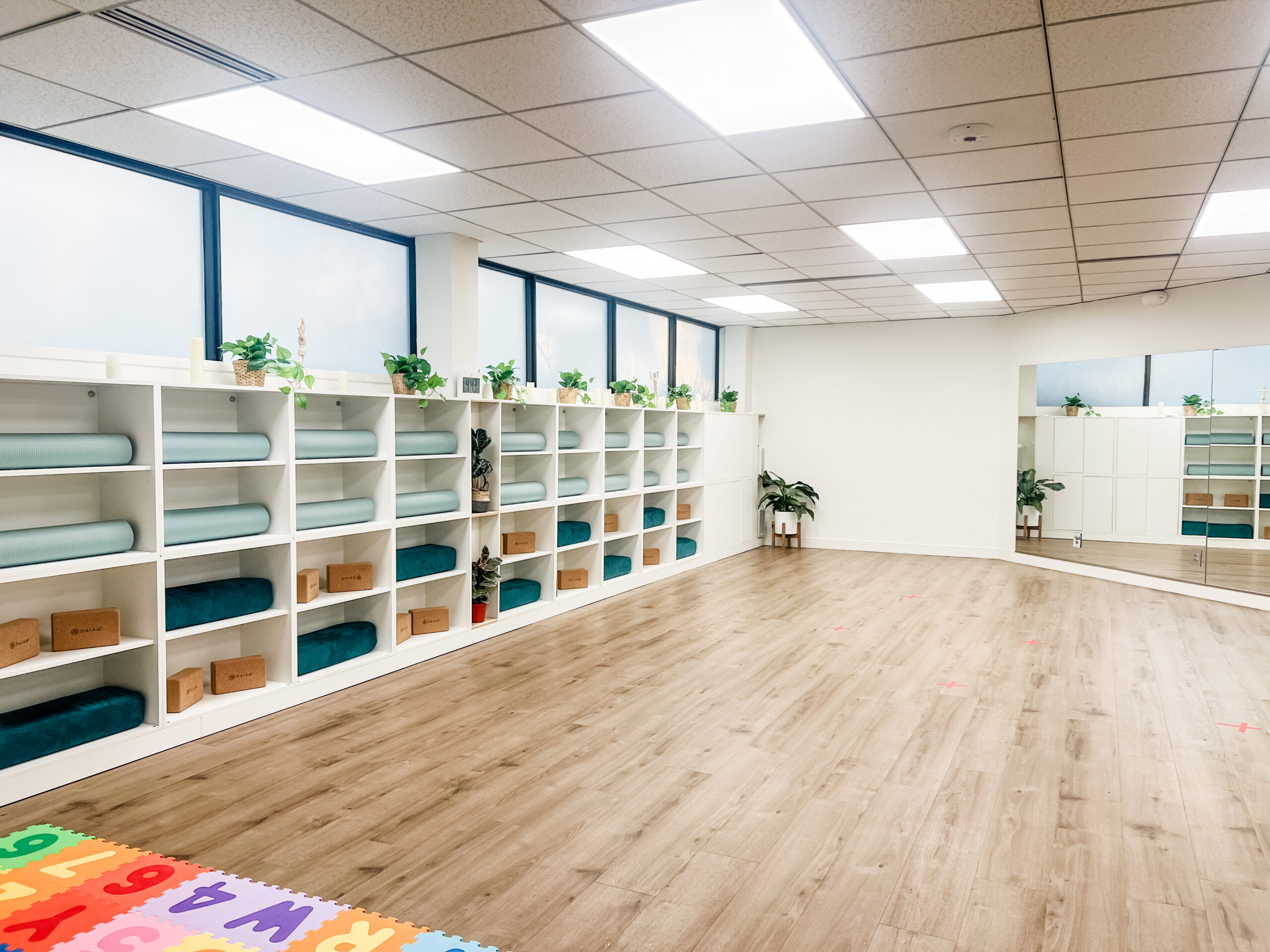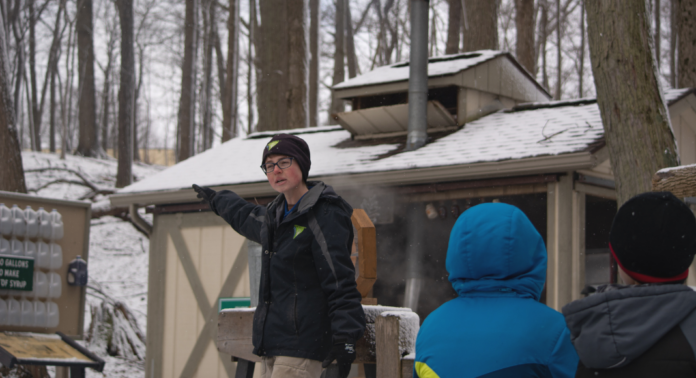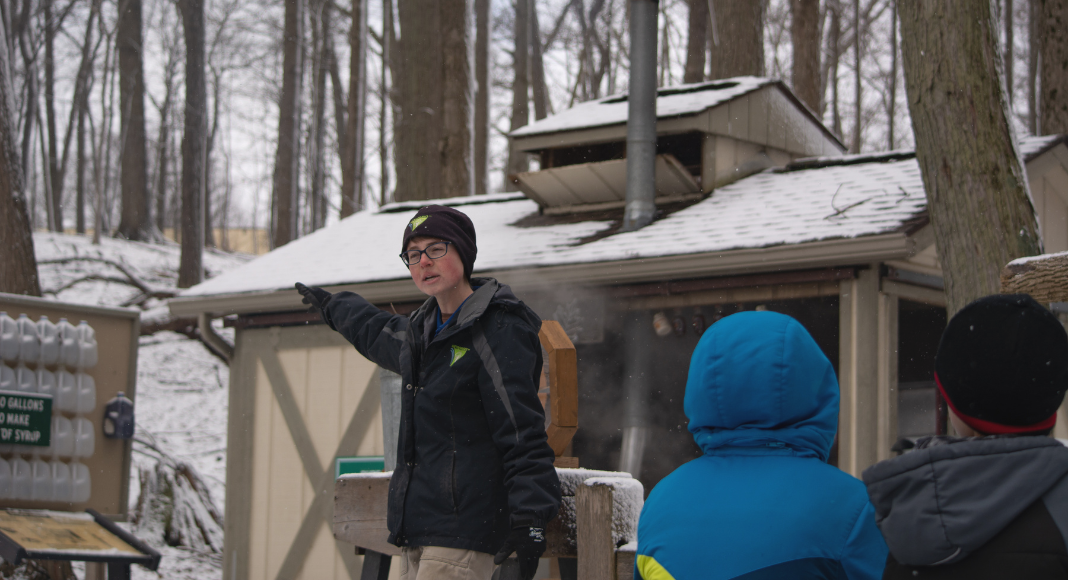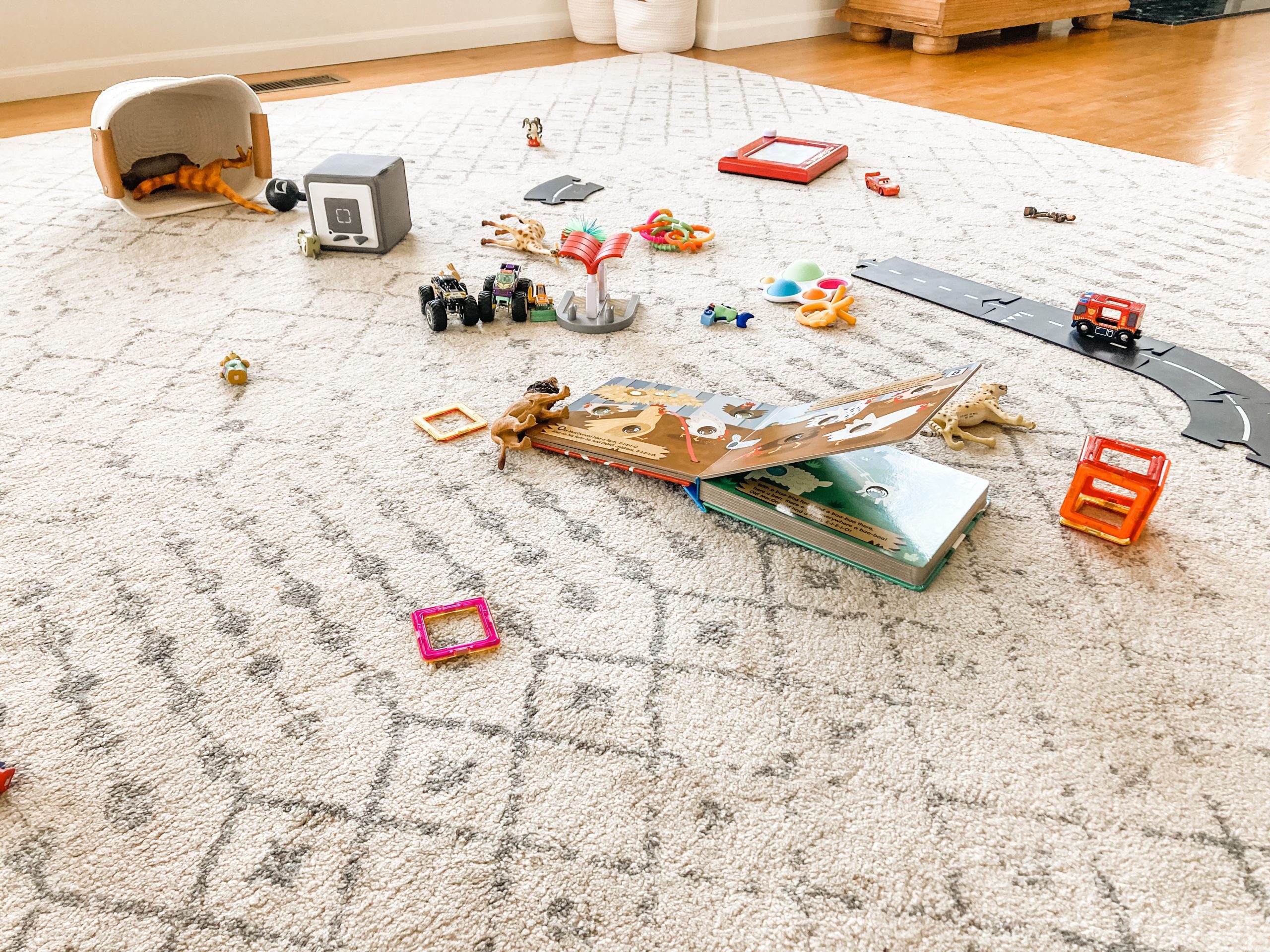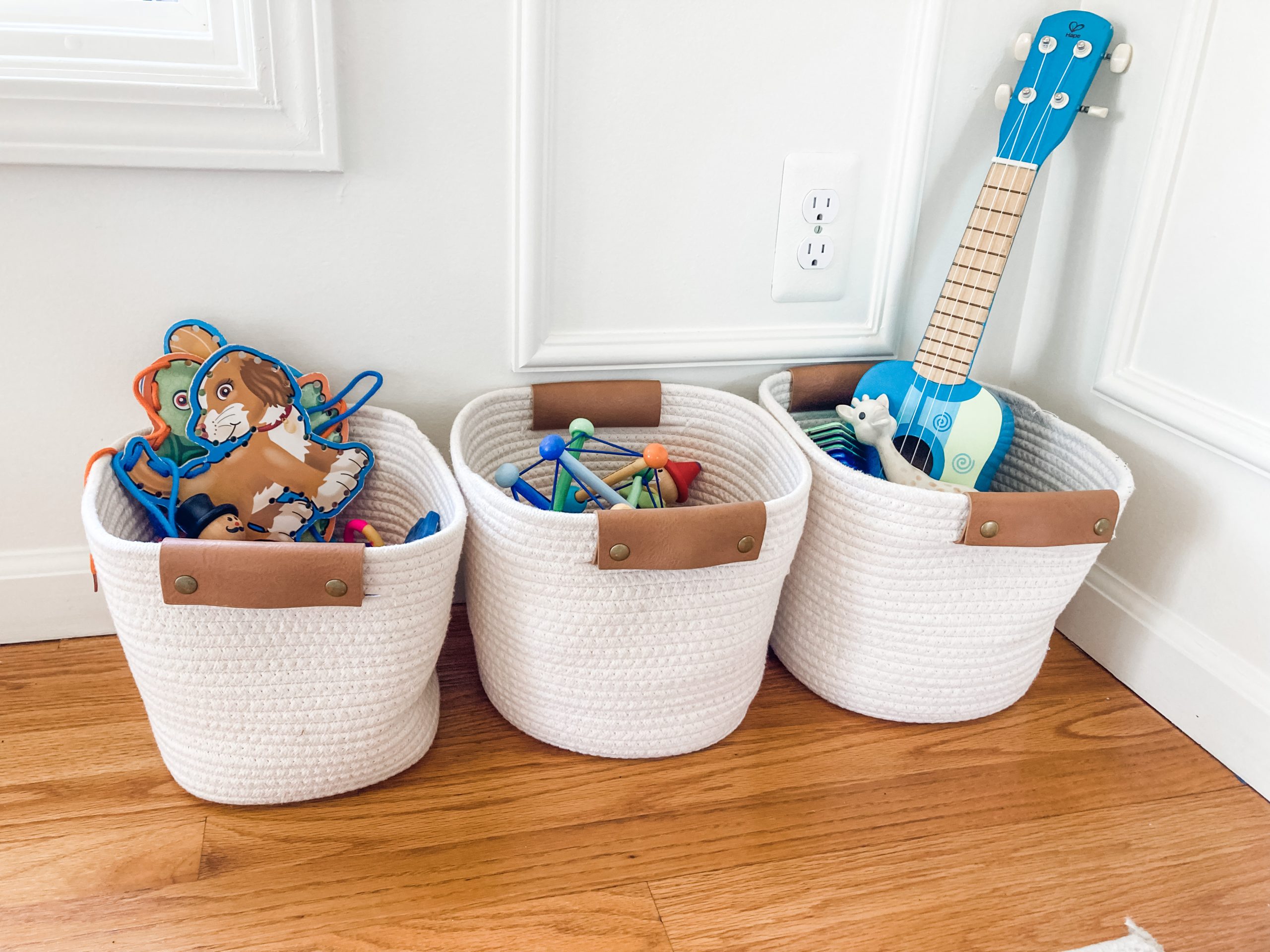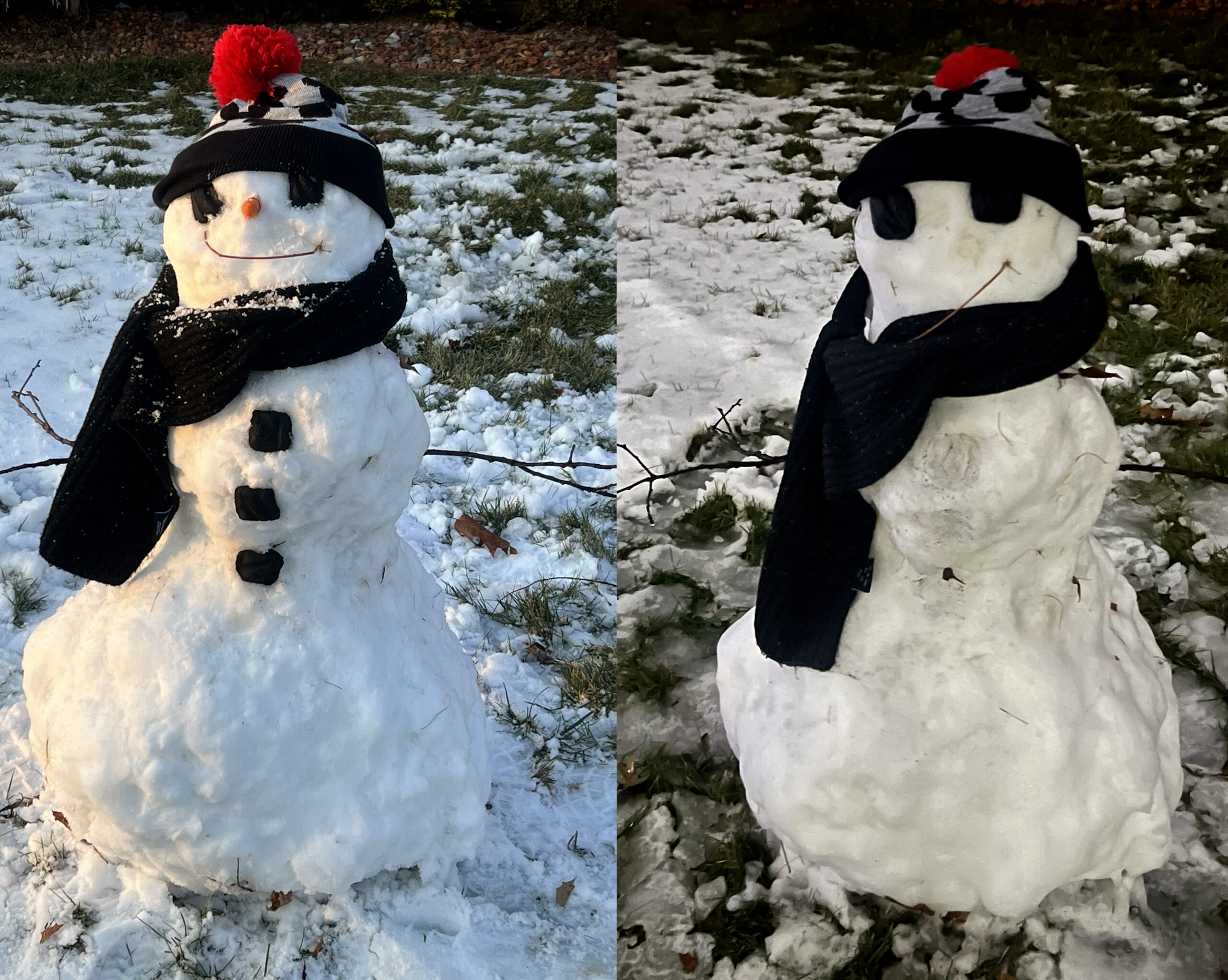If you ask any Muslim anywhere in the world—including here in Metro Detroit—what their favorite time of year is, they’ll most likely reply, “Ramadan!” This includes my Metro- Detroit-residing Muslim family. We adore the month of Ramadan and wait for it all year long! Ramadan is the holiest month within the Muslim calendar. We believe it is the month that the Quran (the Islamic holy book) was revealed in its entirety, giving us a complete guide.
Metro Detroit has the highest Muslim population in the United States. So if you’re a Detroiter who’s not Muslim but suddenly wondering why your social media, shop windows, and grocery store shelves are suddenly filled with Ramadan content, that’s why. If you’re also wondering what in the world this “Ramadan” business is about—fear not—you’re probably not alone.
 I asked my fellow Detroit Mom Contributors to send me their Ramadan questions to be answered. Chances are, they’re similar to your own. I want to help you understand more about Ramadan, because to better understand something is to better uphold its value. Maybe you’re curious about fasting? Perhaps you don’t want to offend your Muslim best friend who’s fasting? Or you want to wish your neighbor a happy Ramadan, but don’t know how?
I asked my fellow Detroit Mom Contributors to send me their Ramadan questions to be answered. Chances are, they’re similar to your own. I want to help you understand more about Ramadan, because to better understand something is to better uphold its value. Maybe you’re curious about fasting? Perhaps you don’t want to offend your Muslim best friend who’s fasting? Or you want to wish your neighbor a happy Ramadan, but don’t know how?
Keep reading for answers to their Ramadan questions which might help shed some light on some of yours!
How does fasting work during Ramadan?
The basic outward rules of fasting during Ramadan are simple: refrain from eating and drinking completely from sunrise to sunset. But in Islam, fasting contains both outward and inward practices.
Internally the work is moral-based. A person observing a fast in Islam must also be mindful of their actions, thoughts, and words to make sure they’re in a state of purity and mindfulness. For example, although someone might be refraining from eating and drinking but are behaving in a lewd, unkind, and untruthful way, in Islam we don’t believe this person’s fast was the best it could be.
Therefore, Islamic fasting isn’t just of the stomach to pause on eating and drinking. It’s also of the mind, heart, and soul to pause on ill-will and ill-natured behavior.
What does fasting involve? What do you do when you feel hungry to make it through the day?
This excellent question touches on a main component of Ramadan which is charity.
Giving charity is not only one of the major themes of Islam and an obligation on every Muslim, but it’s also a major component of Ramadan. One of the reasons why we fast IS to feel hunger—not purposely so, but the inevitable thirst and hunger that comes with fasting is a force that drives us to give charitably. It’s no wonder that for many Muslims, the bulk of their yearly charity is often given during Ramadan.
This is not only to exponentially strengthen our spiritual growth during this holy month, but the month lends itself to many reminders of one’s own blessings and drives us to help others. Also, my family is more mindful of food waste after fasting all day long, as are many Muslim families.
When we say we refrain from eating and drinking completely from sunrise to sunset, yes, that also means water too.
It can be difficult for the first few days, but after that we usually find that our bodies adjust well. In fact, physically I actually feel rejuvenated after fasting for 30 days in Ramadan. I’m usually sad when it’s over because of the physical benefits. For example, I don’t realize how much unnecessary snacking I do throughout the day—until I’m conscious of how much better I feel when forced to cut it out during Ramadan. I’m then encouraged to limit my unnecessary snacking during the year.
These behaviors of food waste, charitable giving, self-regulation, and mindfulness all exemplify consciousness. Developing consciousness is the exact reason why we’re guided to fast during Ramadan in the Quran. We then take this self-consciousness we practiced for 30 days and are able to apply it all year long.
Are women that are pregnant expected to fast?
Women that are pregnant and/or breastfeeding are not expected to fast during Ramadan. Neither are small children, the elderly, and/or anybody who is ill or whom fasting will pose a health hazard to. Fasting is meant to be beneficial and not a burden. If it poses a burden in any way, then the person is encouraged not to fast.
However, in the case of pregnant and breastfeeding women, they are expected to make up their fast later when they’re no longer pregnant or breastfeeding, as this is due to a temporary health condition.
Do children fast during Ramadan?
While not obligated to fast during Ramadan, some young children might choose to “practice” fasting for when they’re older. For example, when my kids were little, we’d allow them to skip breakfast on the weekends during Ramadan. Sometimes they’d stop drinking water for an hour. Or they would fast for half a day when they got a little older. This allows them to practice in a way mindful of their age and habits, while also introducing the concept of fasting.
Children are not obligated to fast during Ramadan until about the age of nine for girls, 14 for boys, or when they reach puberty—whichever comes first.
My kids go to school with a lot of kids that celebrate. What’s etiquette for eating lunch or having class parties?
(I love this question and wish it had been asked when I was a kid!)
The etiquette for helping a student who’s observing fasting in Ramadan is simply to try and remember they’re fasting. I’m a former teacher and was always mindful of my students’ beliefs and made the necessary accommodations. Thus, as a parent I also teach my kids to be mindful of any allergies, celebrations, dietary restrictions, and/or cultural and religious beliefs their classmates might have that may affect anything I’m sending in as a parent.
In a classroom, proper etiquette in Ramadan would be to refrain from holding a class party when someone in the class might be fasting and can’t partake. One could also offer a take-home box so they can enjoy it all later (though, the preferred method is to hold off on the celebration until all the students are able to partake). This is to help the fasting student not feel left out during the class celebration.
If by accident a fasting child is offered food, it’s usually not a big deal. I’ve been offered food and drinks hundreds of times in my lifetime while I’ve been fasting. I’ll usually just reply with a, “No thank you, I’m fasting today.” I teach my kids to do the same and let them know that obviously not everyone is going to know you’re fasting simply by staring at you–therefore, give them a heads up.
How do schools accommodate students who are fasting?
Most schools are great about accommodating students that are fasting. This is especially true here in the Metro Detroit area where there is a large percentage of Muslim students. How the schools accommodate depends on the school’s protocols. In general, they’ll usually have a room separate from the cafeteria where kids can sit during lunchtime. Fasting kids can usually chat, play a game, read, and spend a relaxing lunch period until lunchtime is over.
Aside from fasting, what are the other main components of Ramadan?
Fasting is the main physical component of Ramadan and the one most of the world is familiar with. But Ramadan is about so much more. We’re encouraged to partake in any spiritual tasks we can and believe that every task completed is one that will help strengthen our faith.
Some of those spiritual tasks include reading the Quran, praying, giving charity, and visiting the mosques often. We believe that any single spiritual task and/or good deed—no matter how small—is rewarded exponentially during this month. Thus, doing good deeds becomes habitual. Again, we’re building and regrowing that self-consciousness to carry us forward through the year.
What does a typical day look like during Ramadan?
I’ve previously shared about my family’s typical day in Ramadan, but here’s a little look into a typical day.
Early Morning
A typical day during Ramadan here in the United States begins before sunrise with a breakfast called Suhoor. This is our very last meal and drink before officially beginning our fast for the day. Morning prayer follows this immediately at sunrise. Then we might go back to sleep for a bit, do a bit of Quran recitation, or like me, officially start the day jazzed on that Suhoor cappuccino.
Day Time
Our days go on as normal while we’re in a state of fasting. We go to our regular jobs, schools, activities, etc. During the afternoon hours we make sure to stop for our afternoon prayers during the allotted time.
The evening hours consist of more of the regular day-to-day extracurricular activities: Quran recitation, dinner prep, and the normal hustle and bustle of evening parenthood—all while in a state of fasting.
Iftar (Dinner) Time
At sunset, it’s officially time to break our fast during Iftar dinner, usually surrounded by family and friends. Again, in the spirit of giving, we’re encouraged to break our fast with others. In fact, we believe that there are many good deeds to be earned simply by inviting others for Iftar and/or in the preparation of the food.
This is one of the parts of Ramadan that make it so magical. Iftar is treated like a nightly event with our loved ones. This moment of the day is one that truly offers gratitude: for the food we’re finally about to break our fast with and the company of those surrounding us.
Iftar is followed by our evening prayers and either bedtime for kids and/or more Quran recitation at home or in one of our local mosques. Then we set our morning alarms again for Suhoor to do it all over again the next day.
My students taught me that “Happy Eid” is appropriate to say at the end of Ramadan. Are there any other phrases we should know?
It is correct that “Happy Eid” (or “Eid Mubarak” translated in Arabic!) is the appropriate greeting to celebrate the holiday that ends Ramadan! Two other popular phrases we say throughout the entire month of Ramadan are “Ramadan Kareem” and “Ramadan Mubarak.” They are both greetings that mean “Happy Ramadan.” “Happy Ramadan” and “Happy Eid” are also both perfectly fine to say as well. We always appreciate any warm Ramadan greeting!
I hope these answers to frequently asked Ramadan questions helped answer some of your own questions about Ramadan, and that you learned more about this very special time of year for Muslims everywhere. Now when you wish your Muslim friend “Ramadan Kareem,” you’ll know exactly what it means and can better understand and relate to their experiences during this month!




